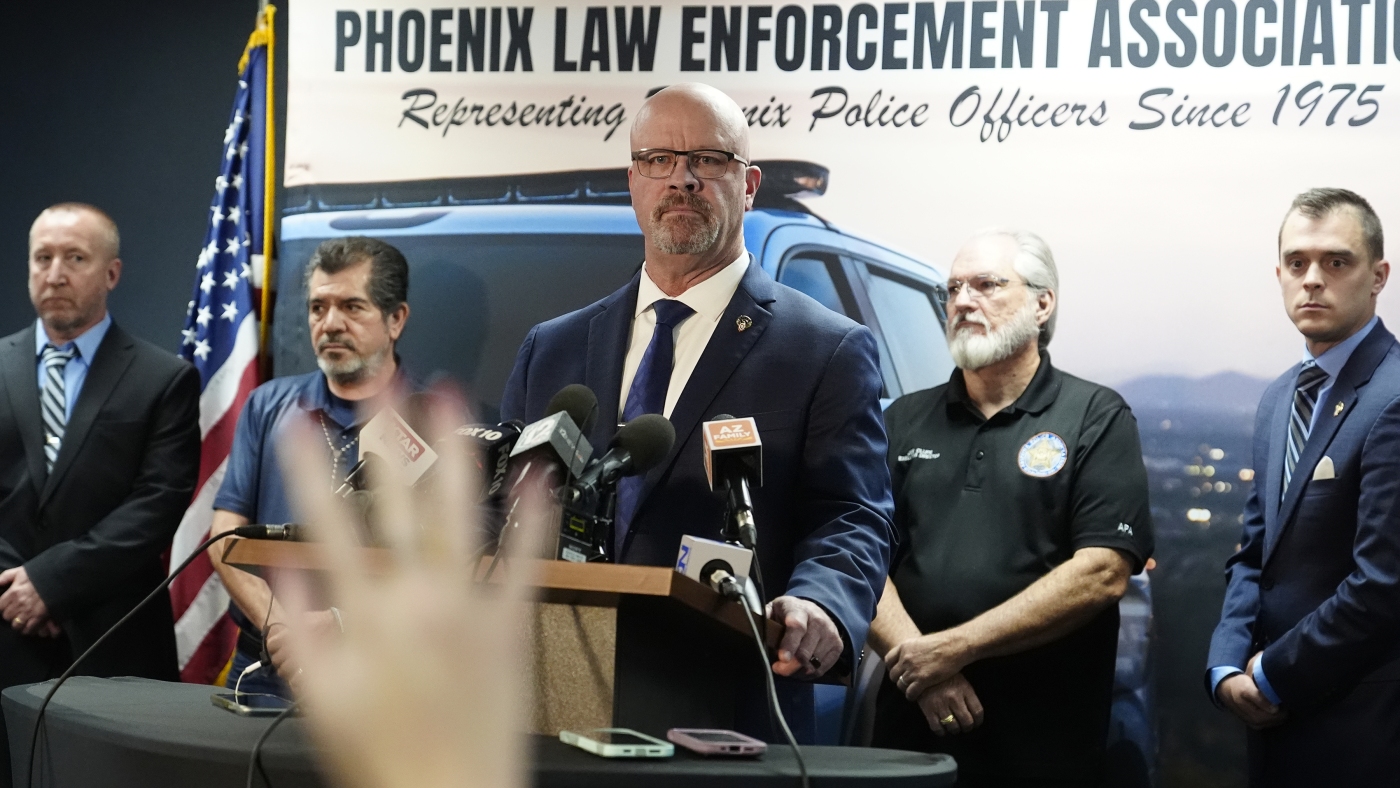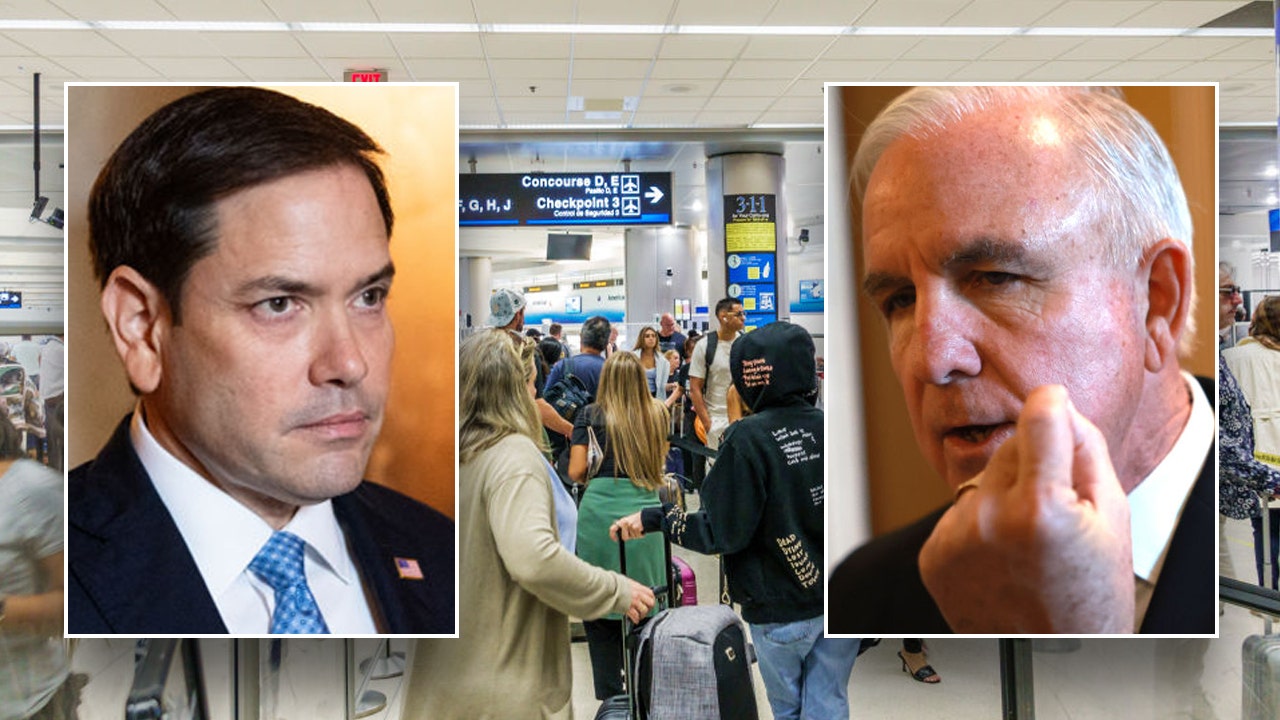It was the last week of school and Skyridge High School wasn’t taking attendance.
Under an end-of-year tradition in the Alpine School District, kids could leave after two hours of class. Some teens lingered in the halls.
One student, his parents said they later learned, used the unsupervised time in May 2022 to have sex with his girlfriend three times — during school hours, in the parking lot of the Lehi campus.
So the Latter-day Saint couple, whose faith prohibits premarital sex, sued the district and some administrators, arguing that their constitutional rights to parent their child and freedom of religion had been violated.
U.S. District Judge Jill Parrish has now given those claims a failing grade, in a decision released earlier this month and first reported in the Axios Salt Lake City newsletter.
The core argument of the complaint, she wrote, was that since the district gave students free time during the final week of school, it did not do enough “to aid their efforts as parents to prevent [their son] JD from having sex.”
But the parents, identified only as John and Jane Doe, “have not provided any authority supporting the proposition that the government has a constitutional duty to help them parent JD,” Parrish decided.
The parents had hoped to block the district from relaxing attendance rules for the end of the school year, according to their lawsuit.
They were disappointed in the decision and are “considering other options for relief,” according to a statement released by their attorneys at Mitchell Barlow & Mansfield in Salt Lake City.
“Ultimately, it should not be this difficult to ensure that the school district complies with its own policies requiring attendance, the taking of roll, and the supervision of students,” the parents said.
“We have tried to seek relief without pursuing litigation, but the school district would not agree to reasonable terms outside of court. At the end of the day, we would like the school district to step up and comply with its legal obligations. It’s disappointing the school district has refused to follow the policies in place to protect our children.”
The district did not immediately respond to a request for comment.
The right to parent a child
The Does said they had raised their son under the doctrines of The Church of Jesus Christ of Latter-day Saints, but had discovered he was having sex with his girlfriend. They took steps to stop him, the decision said, “such as requiring him to be accompanied by other persons when he was with his girlfriend and requiring that JD travel to and from school with his older sibling.”
On Wednesday of the last week of school, JD’s mother arrived to check him out, but office staff told her students were not in their classrooms. After JD didn’t respond to an announcement to come to the office, his mother went looking for him, the decision said — and she found him in the parking lot only after calling his girlfriend.
The Does claimed that the school district had violated their rights under the 14th Amendment, which previous courts have ruled protects parents’ fundamental right “to make decisions concerning the care, custody, and control of their children,” including “the constitutional right to direct a child’s education.” But Parrish said the school district had not “burdened their right to make decisions concerning the care or control of their son.”
“The district did not prevent the Does from forbidding JD from engaging in premarital sex,” Parrish wrote. “Nor do they complain that the district required JD to attend a sex education class that undermined the values they sought to instill in their son.”
She concluded: “Because the Alpine School District did not prevent the Does from making decisions regarding the upbringing of their son, it did not infringe their parental rights under the Fourteenth Amendment.”
The parents also argued their rights were violated because the school district didn’t alert them to the flexible attendance rules that week, “depriving them of the opportunity to make decisions about how to parent JD in light of that information.
“While Parrish also rejected that, she noted, “it may be wise for schools to adhere to attendance policies and keep parents informed of students’ whereabouts and schedules.”
The right to practice religion
The Does also argued that because the district “provided the opportunity for JD to engage in premarital sex while on school grounds,” it violated the family’s free exercise of religion.
Parrish disagreed, finding no evidence that the district coerced the family to abandon or act contrary to a religious belief.”The school district did not coerce JD into acting against his religious beliefs,” Parrish wrote. “He freely chose to have premarital sex with his girlfriend, even though this was against the teachings of his religion.”
The district did not pressure or force the Does to limit passing their religious beliefs onto their son, she added. Instead, she wrote, the Does asserted the district did not do enough to help them enforce their religious beliefs.
“Here, the Does argue that the Free Exercise Clause requires the Alpine School District to modify its policies to help them perform their religious duty to raise JD to avoid premarital sex,” the decision stated. “But the district has no constitutional duty to modify its internal procedures to further the Does’ religious goals.”
One more argument
The Does also argued the school district breached its duty of care toward JD, “causing him emotional distress.
“The Governmental Immunity Act of Utah (GIA) protects individual administrators from liability, they said — but they argued the Alpine School District does not have the same shield.
Parrish decided to refer their negligence claim, which was based on state law, to a state court.
“The Does have raised an admittedly novel interpretation of the Utah GIA,” she wrote, “that should be resolved by a state court rather than a federal court.”


































